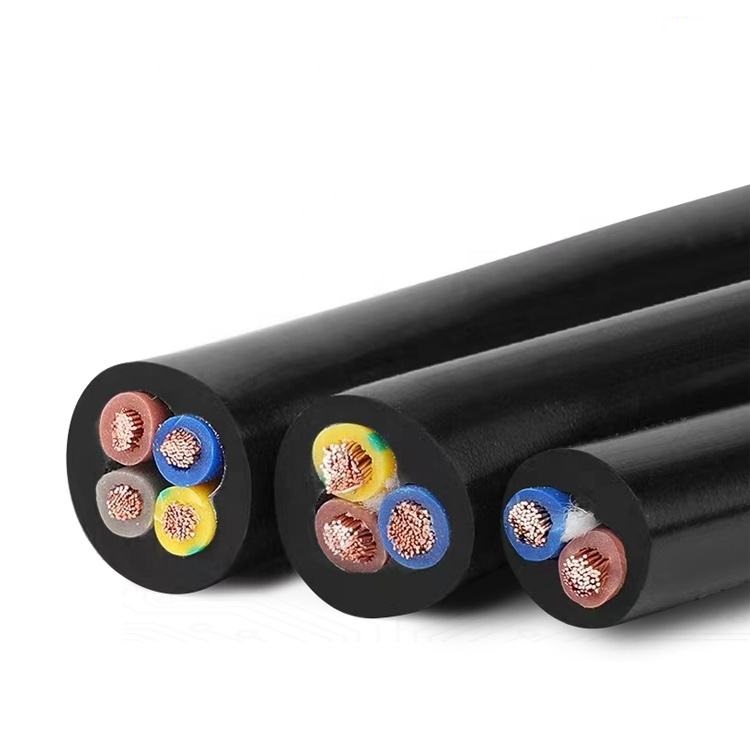 Author: Joey Wan
Author: Joey Wan  September 15,2023
September 15,2023
Flexible cables are essential components in modern electronic devices and machines. They play a vital role in transmitting power, signals, and data between different components, making them a crucial element in the smooth functioning of a wide range of applications. Flexible cables are used in many different industries, including automotive, aerospace, telecommunications, and industrial automation. In this article, we will explore the role and function of flexible cables and focus on the most common types of flexible cables that are widely used in various applications.
There are a variety of flexible cables available in the market, but the most commonly used types of flexible cables are 5 core flexible cable, 6mm2 3 core flexible cable, and 2.5mm2 flexible control cable.
The 5 core flexible cable is a type of cable that comprises five conductors. This type of flexible cable is widely used in power transmission applications that require high flexibility and durability. The five cores in this cable are color-coded, and each color represents a specific function, making it easy to identify and install. The five colors typically used for 5 core flexible cables are red, yellow, blue, and black, with an additional color such as green or white used for grounding.
The 6mm2 3 core flexible cable is another commonly used type of flexible cable. As the name suggests, it has three conductors, each rated at 6 square millimeters as well as a protective earth conductor. This type of cable is used in applications that require high power transmission. 6mm2 3 core flexible cables are used mainly in heavy machinery and industrial equipment applications, where flexibility and durability are a must.
The 2.5mm2 flexible control cable is a type of cable that is used in control systems and automation applications. It is particularly useful in applications that require the control of low voltage electric motors and pumps. This cable is made of flexible copper conductors, which are covered in a protective layer of PVC. The PVC provides insulation to prevent electrical interference, and the flexibility of the cable makes it easy to install and move inside control boxes, where space is often limited.

When it comes to the role and function of flexible cables, their primary purpose is to transmit power and signals between different components of a system. They ensure that power is transferred from the source to the destination with minimal loss, and that signals are transmitted with clarity and accuracy. Flexible cables play a crucial role in ensuring the smooth operation of machinery, systems, and equipment while also providing safety and reliability.
Another essential aspect of flexible cables is their flexibility. Unlike rigid cables, flexible cables can bend and twist, making them ideal for applications where movement is required. The flexibility of the cables also makes them more resistant to physical stresses and strains, reducing the risk of damage and failure.
Flexible cables are designed to meet the specific needs of different applications. They are available in various sizes, lengths, and ratings, allowing system designers to choose the best cable for their needs. This flexibility of choice ensures that the right cable is used, reducing the risk of performance issues and failures.
